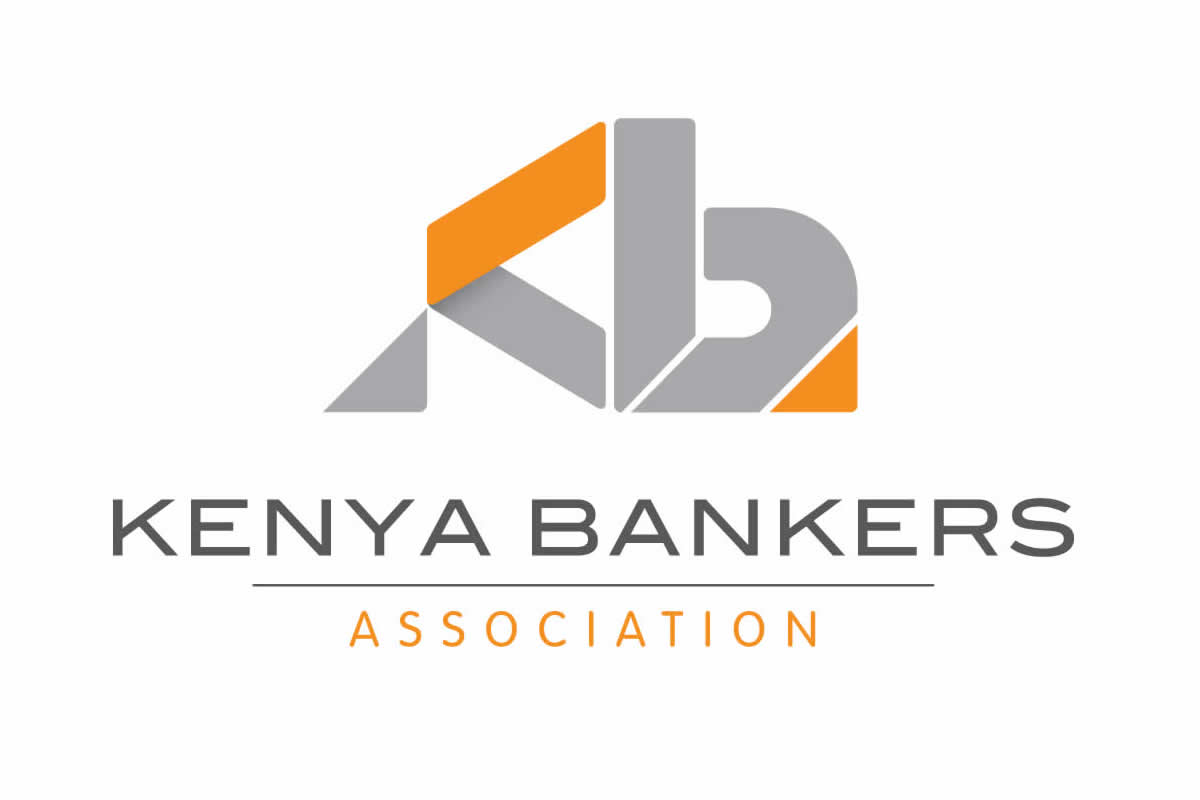- House Prices Rose By 0.22 Percent In Quarter Four Of 2020, Up From A 0.08 Percent Contraction In The Previous Quarter;
- Apartments Sustained Dominance Of The Housing Market, Accounting For 71 Percent Of Total Units Sold In The Quarter.
Nairobi 11th March 2021 – House prices have signalled a shift to the positive terrirory after recording a 0.22 percent rise in the fourth quarter of 2020. The latest Kenya Bankers Association House Price Index (KBA-HPI) shows that house prices depicted a recovery after seven quarters of contraction. The uptick in the House Price Index signals stabilising market prices, which largely reflect an outcome of the demand and supply dynamics in the market.
On the supply side, housing remains largely fixed, with adjustment to meet demand being gradual rather than instantaneous. With depressed credit to the construction and real estate sector, an under-supply of new units has triggered the rise with most sales in the period being on the already completed units from the previous periods. The rise in prices has also been compounded by homeowners’ preferences for newer buildings.
KBA Chief Executive Officer Dr. Habil Olaka indicated that, unlike in previous quarters where variation in house prices was mainly driven by structural factors, particularly the size of the plinth area, house prices in the fourth quarter of 2020 were largely driven by regional differences, an indication that location (which determines affordability) is now playing a pivotal role. “Nonetheless, plinth area remained an important factor though its influence had reduced. Other factors whose importance was enhanced included the number of bedrooms and number of floors for each unit, as well as the age of the units,” he said.
KBA Research and Policy Director, Dr. Samuel Tiriongo, indicated that while house prices rose faster with an increase in the plinth area, number of bedrooms, number of floors, they remained relatively lower for older units. “By house type, our analysis also reveals that prices for apartments rose faster than those of bungalows and townhouses, but were slower than those of massionettes, reflecting emerging preferences for apartments over other house types due to their relatively lower cost of development per unit,” he noted.
On transactions by house type across all the regions, the total units sold in the quarter (which reflects overall consumer demand) rose by more than five times to 314 from 57 in quarter three of 2020. This was mainly reflected in an increase in transactions on apartments and massionettes that rose nine times and four times, respectively. The number of transactions on bungalows remained largely unchanged over the period. Out of all the transactions, apartments accounted for 71 percent and massionettes took up 23 percent, as bungalows reflected much lower activity (4 percent). The distribution of transactions by house type across the regions was also uneven.
Click Here to Access the Index.
Note to Editors:
The KBA Housing Price Index (KBA-HPI) provides a guide to policymakers and investors on the trends in the housing sector. The banking industry’s umbrella body, the KBA, launched the KBA-HPI in February 2015. The Index has quickly been recognized as a credible analytical tool that is useful for tracking housing sector dynamics and price movements. The KBA-HPI follows the Laspeyers Index method where the Index is computed from the ratio of the estimated current quarter price to the price of the preceding quarter – weighted by their respective mean values. For the dummy (categorical) variables, however, their weights reflect the proportions of the number of houses possessing a certain attribute to the total number of houses.
The KBA-HPI regions are based on clustered price ranges across several counties as follows:
Region 1: Athi River, Mlolongo, Mavoko, Nakuru, Ngong, Ruaka, Syokimau, Embakasi, Kahawa Wendani, Thika, Mtwapa, Utange, Kitengela, Kiembeni, Nyeri, Likoni, Eldoret, Ruiru, Kilifi,Thika road (Kasarani, Roysambu, Ruaraka), Meru, Bungoma.
Region 2: Thindigua (Kiambu Road), Kiambu, South B, South C, Kabete, Komarock, Imara Daima, Membley, Buruburu, Rongai, Waiyaki Way (Uthiru, Regen, Kinoo, Kikuyu), Mbagathi road, Ngong Road, Langata.
Region 3: Kileleshwa, Kilimani, Lavington, Westlands, Spring Valley, Riverside, Milimani (Kisumu), Milimani (Nakuru), Runda, Karen, Garden Estate, Parklands, Ridgeways, Muthaiga, Loresho, Kitisuru, Adams Arcade, Nyali, Mountain View, Nyari.


